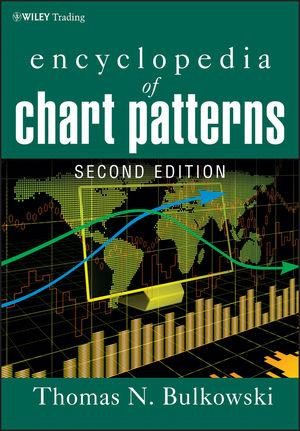Bulkowski s Value Investing
Post on: 12 Апрель, 2015 No Comment

Value Investing: Summary
One of the questions I am often asked is how do I select stocks when building a portfolio? The FAQ provides one answer, but this article discusses how you can use fundamental analysis and value investing to improve your chances of success.
$ $ $
If you click on this link and then buy the book (or anything) at Amazon.com, the referral will help support this site. Thanks. — Tom Bulkowski
$ $ $
Value Investing: How to Pick Stocks Using Fundamental Analysis
When selecting stocks to build a portfolio, if you pick stocks with good fundamentals (the so called value investing approach), you give yourself a built-in edge because they tend to outperform stocks with poor fundamentals. But what fundamentals lead to the best performance?
On the Fundamentals page, I provide answers using numbers from Value Line (often available for free at large libraries). Here is a sample of what I found.
Value Investing: Price to book value.
Book value is what a company is worth. Many games can be played with book value by either inflating the value of assets or undervaluing them. Peter Lynch recounts a tale in his book, One Up on Wall Street by John Rothchild, that Warren Buffet had hoped to get $866,000 for the book value of machinery from a textile plant they were closing down. They bought the machines for $5,000 a few years earlier but received only $26 each. The $866,000 book value turned into $163,000.

Price to book value can tell you whether or not you are overpaying for a stock. A low ratio is good. Testing reveals that stocks with a low price to book ratio tend to outperform those with a high ratio 78% of the time.
Value Investing: Price to cash flow.
Analysts love cash flow, especially free cash flow. Free cash flow is what remains after removing capital spending (reinvesting in the company to build plants and buy equipment). I found that stocks with a low price to cash flow outperformed those with a high ratio 78% of the time. A low ratio means the cash flow is high relative to a stock’s price.
Value Investing: Price to earnings.
Many know what the p/e ratio means: it is price divided by earnings. The lower the ratio, the better. A low p/e means earnings are high compared to the price of the stock. A low p/e is especially good if it is half the growth rate of the company, and bad if it is twice the growth rate, according to Lynch. As in many of the ratios, you will want to compare the p/e for a company against the ratios of other companies in the same industry. That will tell you at a quick glance which companies are over, under or fairly valued. My testing showed that companies with a low p/e ratio outperformed those with a high one 71% of the time.














